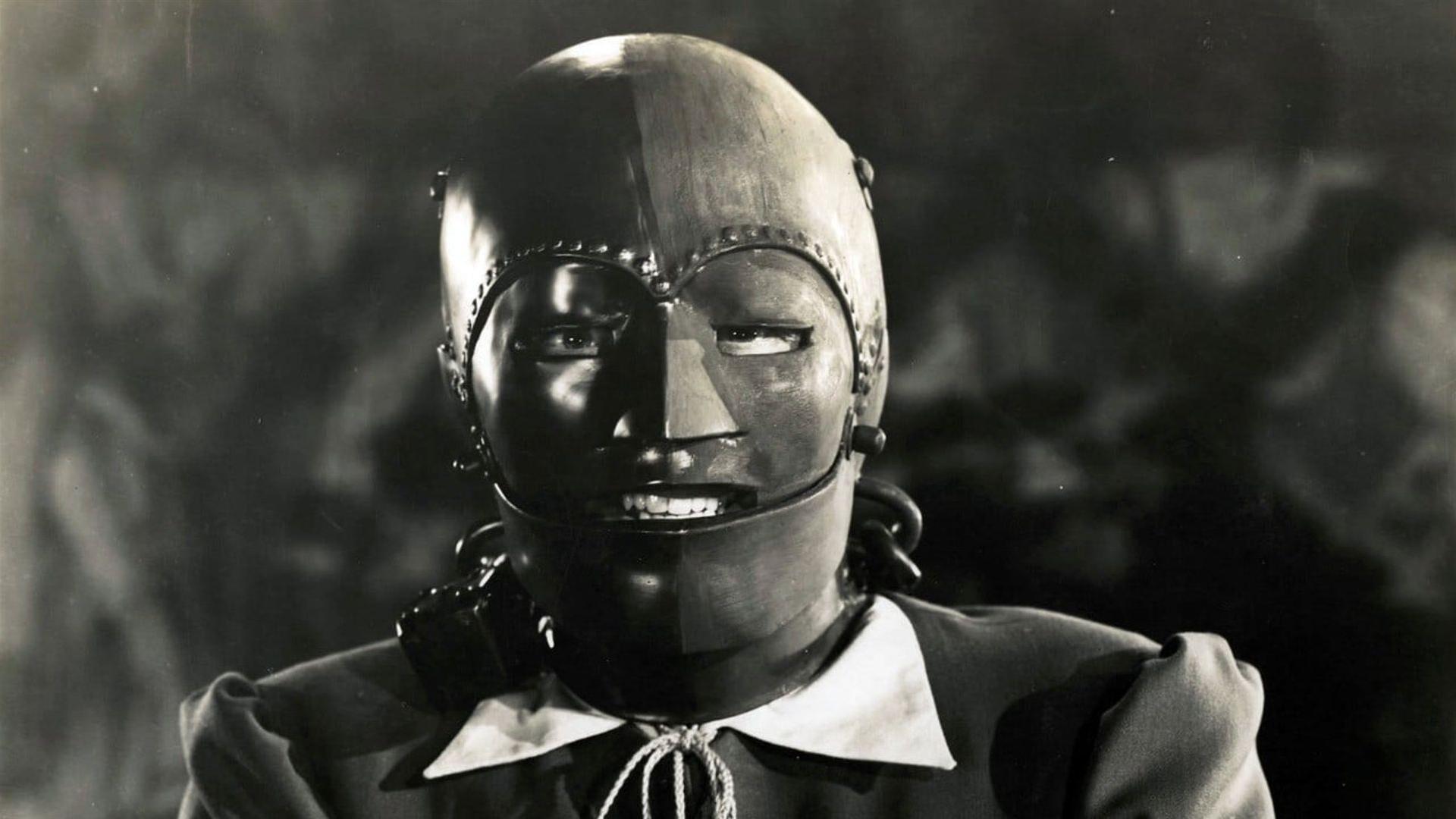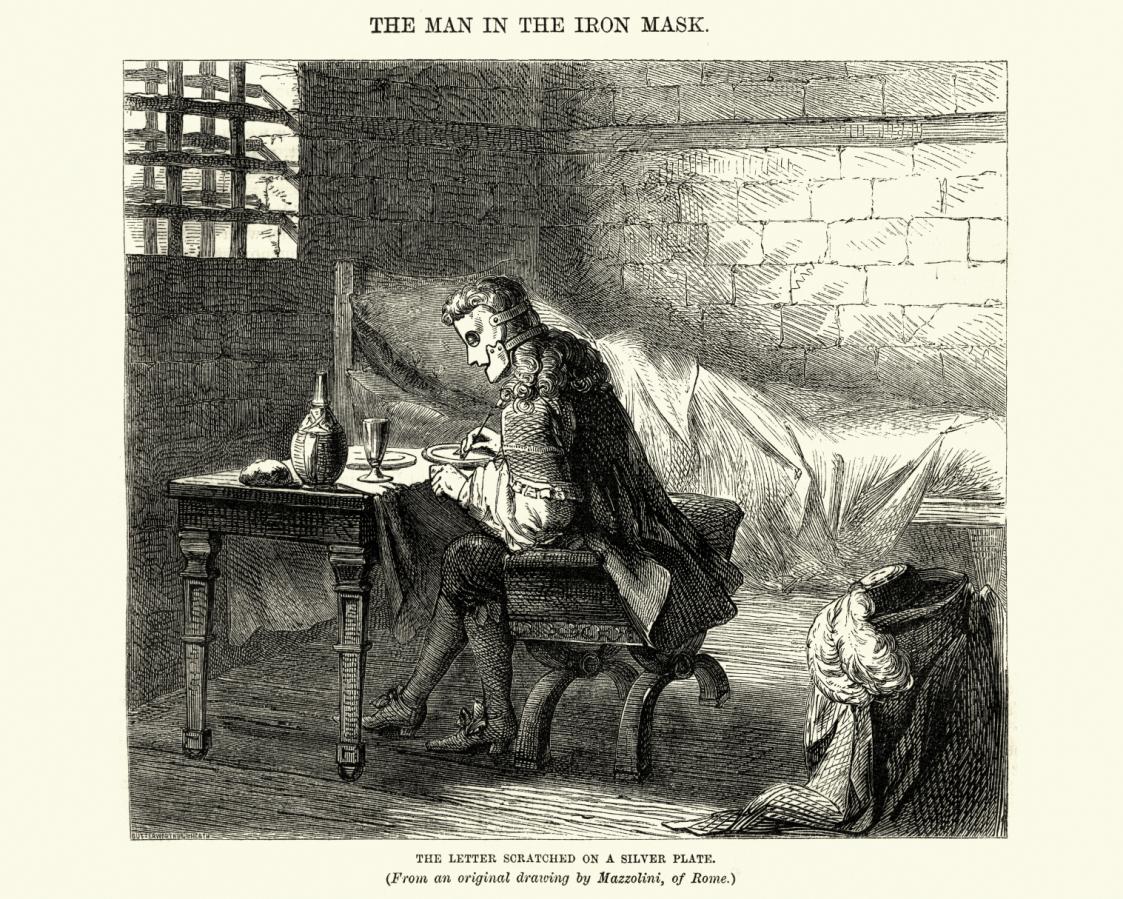The mystery of the Man in The Iron Mask has sparked the interest of both enthusiasts and historians since the 17th century, and this fascination has continued to the present day as evidenced by Di Caprio’s movie. Despite the numerous theories, no one has come any closer to uncovering the identity of this tragic figure, and the chances of this happening are decreasing as time passes.

What is known about the prisoner is limited to the sparse details in French official documents. He was first arrested in 1669 and imprisoned in Pignerol, a fortress in the French Alps, and was later transferred to Exiles and subsequently to the island of Saint Marguerite. During his move from Exiles to Saint Marguerite, he was seen wearing a steel mask and when he went to the Bastille, the cumbersome disguise was replaced with one made of black velvet.
Furthermore, the jailer of the prisoner was strictly instructed by a government minister that the prisoner was not to communicate with anyone, even verbally, or else he would be executed. This raises the question of why he was kept alive if the knowledge he held was so dangerous to the King and government. Historians have also wondered why the concern over people seeing his face, considering the primitive state of print media at that time. The mystery of the Man in The Iron Mask is as mysterious now as it was 300 years ago.

One peculiar fact is that Saint Mars, the jailer of the prisoner, held that position from the first day of his imprisonment until the time of the prisoner’s death in 1703.
The suspects
Several people have been suspected to be the masked man:
Louis XIV
There are a few theories as to who the King of France’s masked prisoner could have been. One suggestion is that it was Louis’ twin brother, born last, but conceived first. His real identity was kept a secret so that any issues with succession would be avoided. Another theory is that he was an illegitimate elder brother of Louis, born from an extramarital affair of the King’s mother. Additionally, it is believed that he could have been a doctor present at Louis XIII’s post-mortem, who discovered the late king was unable to produce any children. Therefore, the prisoner’s true parentage could have been kept a secret in order to prevent political unrest.
Count Antonio Matthioli
Antonio Matthioli may have been the prisoner, wearing the mask for the most pointless of reasons: because it was the fashionable thing to do in Italy at the time.
Louis Oldendorff
A Lorraine nobleman, Oldendorff was the leader of the Secret Order of the Temple. The rules of this society would not allow them to replace him while he still lived. After he died, another man was made to wear the mask, thus maintaining the illusion of Oldendorff’s imprisonment, and keeping the Order from selecting a new leader.
Also suspected to be the prisoner: Richard Cromwell; the Duke of Monmouth; Vivien de Bulonde
A hidden daughter of Louis XIII and Anne
Terrified of not having a son, the elder Louis may have hidden his newborn daughter and replaced her with an infant boy changeling. When she discovered her identity, Louis XIV (the changeling) had her imprisoned.
Moliere
As beloved as the playwright was both by the French public and Louis XIV, Moliere made many enemies because of his lack of religious beliefs and disdain for the French establishment. He especially angered the Company of the Holy Sacrament, a strong and influential Catholic group. The theory follows that Moliere’s death was staged in 1673, with the playwright becoming The Man In The Iron Mask as punishment.
Nicholas Fouquet
Fouquet was allegedly imprisoned for discovering hidden knowledge that Christ didn’t die on the cross, but survived, leading to a secret bloodline of direct ancestors.
It is believed that the reason why he was not simply killed is because he had a royal connection. Despite the backstabbing of French politics, despite the gains that could be made by revealing who this prisoner was, despite methodical examination of records, there is no indication of who the prisoner was. In fact, the identity of the Man In the Iron Mask is so well hidden that some people even doubt that he ever existed, believing that the vision of such a figure was created to keep any dissidents to the King’s rule in check.




